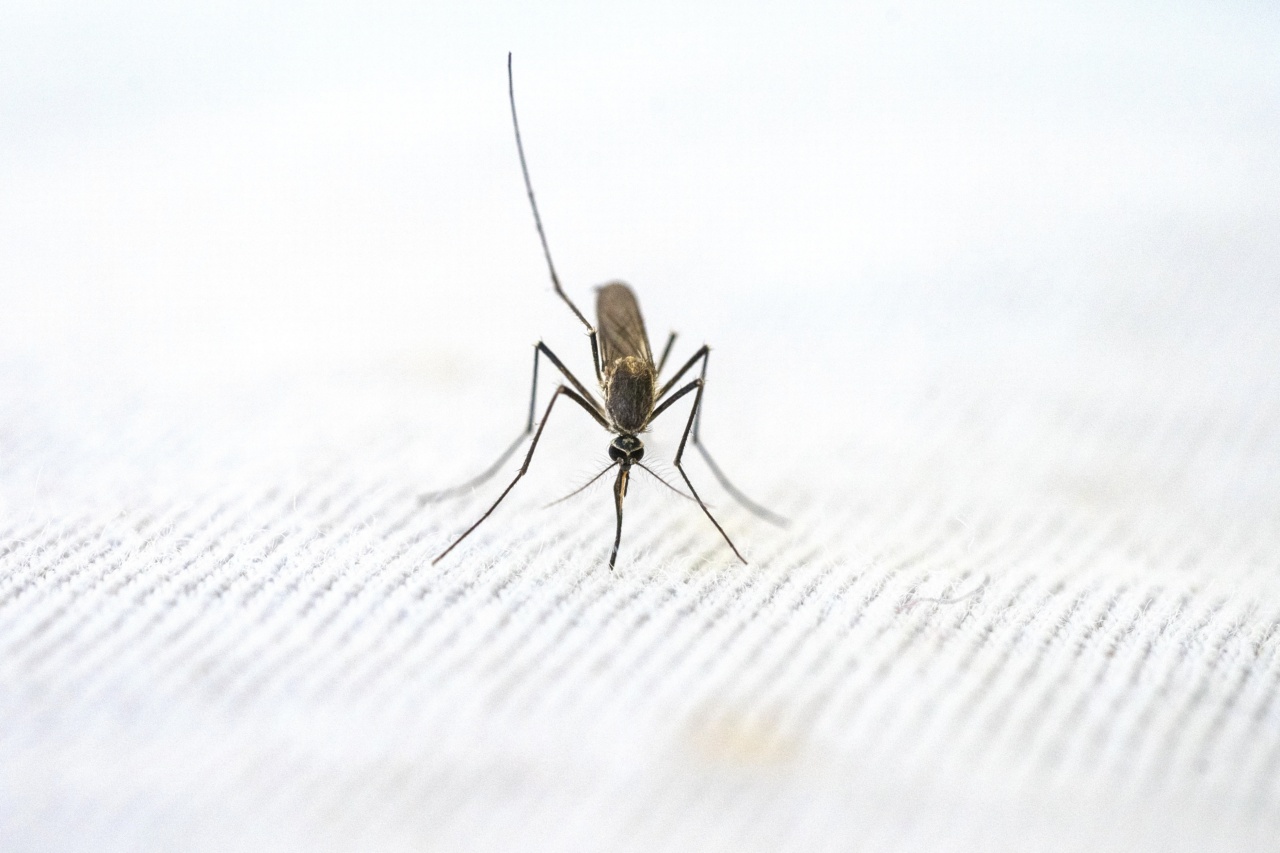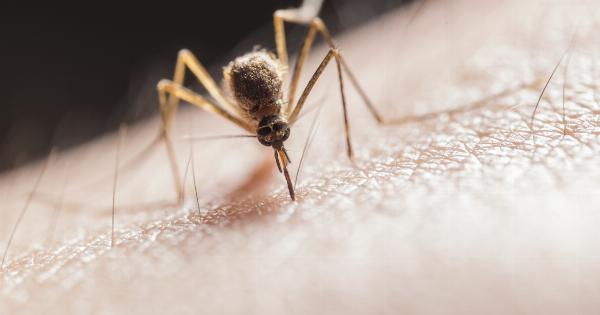Malaria is a mosquito-borne disease that kills over 400,000 people every year worldwide. The most effective way to prevent the spread of malaria is to control the mosquitoes that carry the disease.
Researchers have been working hard to find ways to control these mosquitoes, and genetic modification is one approach that is showing promise.
What is Genetic Modification?
Genetic modification is a process by which the genetic material of an organism is altered, often to give it new or improved traits.
This can be done in a number of ways, but one of the most common methods is through the use of recombinant DNA technology.
Recombinant DNA technology involves taking DNA from one organism and inserting it into the DNA of another. With this technique, scientists can create new genes or modify existing ones, allowing them to produce organisms with specific traits.
Mosquitoes Resistant to Malaria
Scientists have recently used genetic modification to create mosquitoes that are resistant to the malaria parasite.
The researchers accomplished this by modifying the mosquito’s DNA so that it produces a protein that prevents the malaria parasite from developing in the mosquito’s gut.
The protein, called SM1, was first discovered in mice, where it provides resistance to the malaria parasite. The researchers inserted the gene that codes for SM1 into the DNA of the mosquito using recombinant DNA technology.
The genetically modified mosquitoes were then tested in the lab and in the field. In laboratory tests, the modified mosquitoes were able to resist the malaria parasite and were less likely to transmit the disease when they fed on infected blood.
In field tests, the modified mosquitoes were released into a controlled environment and were found to be more resistant to the malaria parasite than wild mosquitoes.
Benefits of Genetically Modified Mosquitoes
Mosquito-borne diseases like malaria, dengue fever, and Zika virus are major public health concerns in many parts of the world.
Traditional methods of controlling mosquitoes, such as insecticides and bed nets, have limitations and are often ineffective in preventing the spread of these diseases.
Genetically modified mosquitoes offer a new approach to controlling the spread of mosquito-borne diseases. They can be designed to resist the disease-causing pathogens, reducing the spread of the disease.
This approach has the potential to be more effective than traditional methods, and it also has fewer negative environmental impacts.
Concerns about Genetic Modification
Genetic modification is a controversial issue, and there are concerns about the potential risks and negative consequences of introducing genetically modified organisms into the environment.
One concern is the possibility that the modified genes could spread to wild populations, creating unintended consequences.
This could lead to the creation of “super mosquitoes” with unpredictable traits that could make them difficult to control.
Another concern is the potential for unintentional harm to non-target organisms.
For example, if the genes that make mosquitoes resistant to malaria also make them more aggressive, they could have a negative impact on other insects or animals in the ecosystem.
Conclusion
Genetically modified mosquitoes offer a promising new way to control the spread of mosquito-borne diseases like malaria.
The recent creation of mosquitoes that are resistant to the malaria parasite is a significant achievement, and it has the potential to greatly reduce the number of people who become infected with the disease.
However, it is important to proceed with caution when introducing genetically modified organisms into the environment. Further research and testing will be needed to fully understand the potential risks and negative consequences of this technology.




























